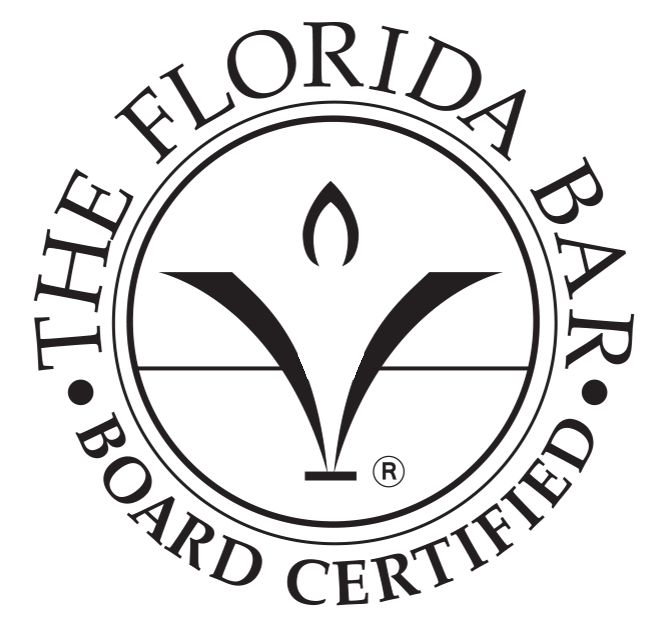Drivers know that cell phone use and texting while driving are dangerous, yet they continue to do it anyway, according to a new study.
Data from the AAA Foundation for Traffic Safety’s 2011 Traffic Safety Culture survey found that 95 percent of drivers view texting or emailing by other drivers as a serious threat to their own personal safety, however, 35 percent of those same drivers also admitted to having read or sent a text message or email in the previous month.
To help bring greater recognition to the issue of cell phone use and distracted driving and combat this dangerous behavior, the AAA Foundation and AAA promoted Heads Up Driving Week from October 2 – 8. The campaign’s aim is to inspire drivers to pledge to a week of distraction-free driving while encouraging them to “Try it for a Week and Do it for Life”.
“This research continues to illustrate a ‘Do as I Say, Not as I Do’ attitude that among drivers, and perpetuates the threat of cell phone use while driving,” said AAA Foundation for Traffic Safety President and CEO Peter Kissinger, in a news release. “Changing our nation’s traffic safety culture requires drivers to take responsibility for their actions and alter their own behaviors on the road.”
According to the survey, 88 percent feel other drivers’ talking on a phone is a threat to safety, yet two-thirds admitted to having talked on a cell phone while driving in the past 30 days.
The findings also showed that peoples’ concern about texting or emailing while driving (95 percent) is on par with drinking and driving (93 percent).
Additionally, 87 percent of drivers expressed support for having a law against reading, typing or sending a text message or email while driving and 50 percent of drivers support having a law against the use of any type of cell phone, hand-held or hands-free, for all drivers regardless of age.
Distracted driving, especially the use of cell phones and text messaging, remains a top traffic safety concern for policymakers, safety advocates, law enforcement, industry, and the public.
As part of AAA’s commitment to improving highway safety for its members and all road users, AAA launched a legislative campaign in 2009 to ban texting while driving in all 50 states. So far in 2011, four additional states have enacted anti-texting laws, bringing the total number up to 34 states and the District of Columbia that have adopted this safety measure.
“We’re encouraged by the process made in statehouses across the country to ban he dangerous practice of texting while driving, with more than two thirds of all states having such laws on the books,” said AAA Vice President of Public Affairs Kathleen Marvaso. “AAA will continue to advocate in those states without texting bans, but it’s important to remember that good laws are only effective when accompanied by extensive public education efforts and visible and consistent enforcement.”
Other distracted driving findings from the 2011 Traffic Safety Culture Index include:
Of those drivers who admitted to having talked on a cell phone while driving (68 percent of all drivers)
- 55 percent admitted to answering calls more than half the time while stopped at a red light; and 31 percent said they make calls at red lights fairly often or regularly
- 44 percent admitted to answering calls while driving on a residential street with no traffic more than half the time; and 26 percent said they make calls on residential street fairly often or regularly
- 28 percent admitted to answering calls while driving on a freeway with heavy traffic more than half the time; 15 percent admitted said they make calls on a freeway with heavy traffic fairly often or frequently
Of those who admitted to reading or typing text messages or emails while driving (35 percent of all drivers)
- 54 percent admitted to reading text messages or emails while stopped at red lights fairly often or regularly; and 35 percent said they type text messages or emails while stopped at red lights fairly often or regularly
- 27 percent admitted to reading text messages or emails while driving on a residential street with no traffic fairly often or regularly; and 15 percent said they type text messages or emails while driving on a residential street fairly often or regularly
- 16 percent admitted to reading text messages or emails while driving on a freeway with heavy traffic fairly often or regularly; and 9 percent said they type text messages or emails while driving on a freeway in heavy traffic fairly often or regularly
The AAA Foundation and AAA will continue to educate the public on the dangers of distracted driving in an effort to curb the use of cell phones as well as other distracting behaviors.
For more on traffic safety issues, see the library of articles by Daytona Beach car accident attorney.







